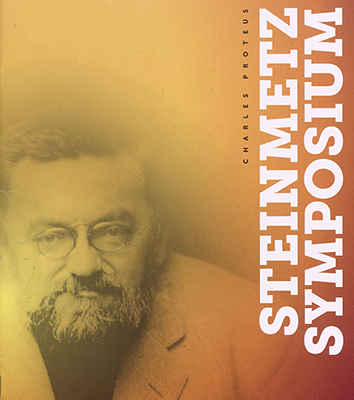Document Type
Open Access
Location
ISEC Lower Level
Faculty Sponsor
Richard Wilk
Department
Mechanical Engineering
Start Date
13-5-2022 12:30 PM
Description
Bifacial photovoltaics are an expanding sector of solar electricity production, collecting solar energy on the front, back, and sides of the module. This increases the efficiency by around 10% to 30% over a typical mono facial cell, which only collects sunlight on the front. However, the performance of bifacial PV arrays depends on a variety of factors, including temperature, shadows, solar insolation, and set-up geometry. The geometry is affected by the tilt angle, the azimuth angle, the height from the ground to the panel, and the reflectance from the ground surface. The addition of a reflector, usually white to reflect sunlight, further complicates a PV configuration. When a reflector is added to face the backside of a collector, the set-up can then be enhanced to increase the bifacial gain or the ratio of rear side energy to the front side. This paper will use a numerical model through the Python coding language to determine the incident energy on both sides of a bifacial collector. The computational model could then be verified through data gathered from an experimental setup using smaller PV cells to simulate the backside of a bifacial collector. Then by combining both the experimental and computational data, an indoor, sized-down model could be used during the winter months. The computational model helped verify trends found through experimental data. Nonuniformity between the rows was observed as the reflector was moved closer, due to a lower view factor. There is an optimal distance where BG peaks, then the BG plateaus when moved further. Because a large variety of factors contribute to the set-up of PV arrays, many tests need to be conducted, and the optimal arrangement is difficult to decipher.
Enhancing Bifacial PV Efficiency With the Addition of a Rear Side Reflector
ISEC Lower Level
Bifacial photovoltaics are an expanding sector of solar electricity production, collecting solar energy on the front, back, and sides of the module. This increases the efficiency by around 10% to 30% over a typical mono facial cell, which only collects sunlight on the front. However, the performance of bifacial PV arrays depends on a variety of factors, including temperature, shadows, solar insolation, and set-up geometry. The geometry is affected by the tilt angle, the azimuth angle, the height from the ground to the panel, and the reflectance from the ground surface. The addition of a reflector, usually white to reflect sunlight, further complicates a PV configuration. When a reflector is added to face the backside of a collector, the set-up can then be enhanced to increase the bifacial gain or the ratio of rear side energy to the front side. This paper will use a numerical model through the Python coding language to determine the incident energy on both sides of a bifacial collector. The computational model could then be verified through data gathered from an experimental setup using smaller PV cells to simulate the backside of a bifacial collector. Then by combining both the experimental and computational data, an indoor, sized-down model could be used during the winter months. The computational model helped verify trends found through experimental data. Nonuniformity between the rows was observed as the reflector was moved closer, due to a lower view factor. There is an optimal distance where BG peaks, then the BG plateaus when moved further. Because a large variety of factors contribute to the set-up of PV arrays, many tests need to be conducted, and the optimal arrangement is difficult to decipher.



